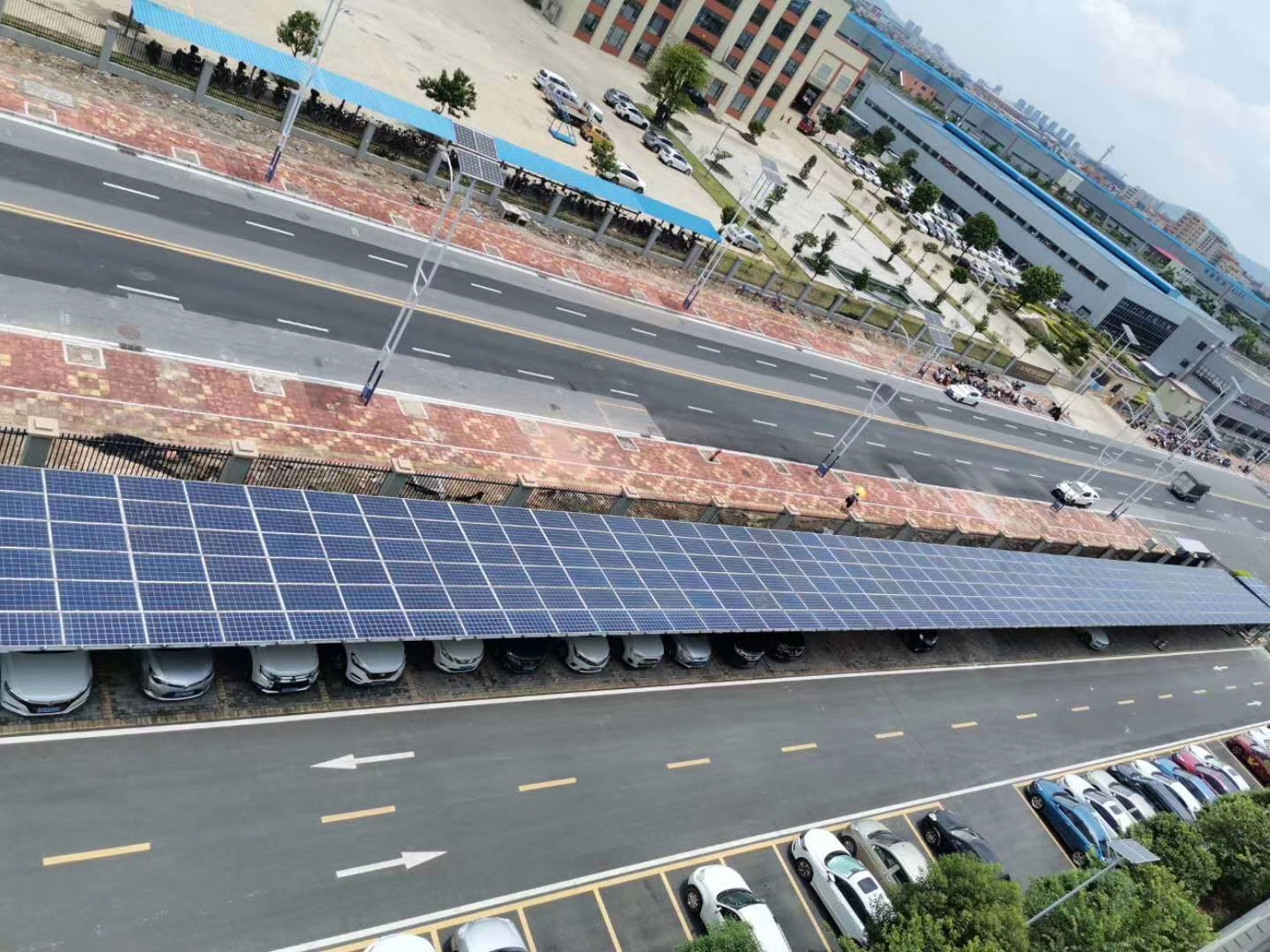How do you calculate the number of cycles of a lithium-ion battery? How are lithium-ion batteries recycled? The number of cycles of a battery and the charge cycle are inextricably linked. This article explains how to calculate the number of cycles of a lithium-ion battery. How do you recycle a lithium ion battery?

How is the cycle of a lithium-ion battery calculated?
Lithium-ion batteries have a theoretical life of about 800 cycles, which is medium among commercially available rechargeable lithium-ion batteries. Lithium iron phosphate is around 2,000 cycles, while lithium titanate is said to reach 10,000 cycles.
The current mainstream battery manufacturers promise greater than 500 cycles in the specifications of the cells they produce, but the cells have a cycle life of about 400 cycles after they have been assembled into a pack due to consistency issues, importantly the voltage and internal resistance cannot be exactly the same.
- It is preferable to have a complete discharge and charging process once a week, i.e. from red power to full charge, and once a week it is preferable to realise that the battery is almost exhausted and then full again.
- Complete cycle charging means that the battery is exhausted to 0 and then charged to 100% once, when the power is below 20% then charged as cycle charging once, lithium-ion batteries should not be completely cycle charged for normal use, lithium-ion batteries have no memory effect and should not be adjusted in any way.
- Charging to 100% when unplugging the charger is the best moment, charging 100% and then charging for an hour, its unplugging the charger when the battery power is not just to 100% full when good, that is, fully charged lithium-ion batteries have entered the overcharge protection, has stopped charging, the next time is just battery consumption overcharge, so there is no need to charge more.
How do I calculate the cycles of a lithium battery?
The number of life cycles of a lithium-ion battery is based on the quality of the battery and the battery material.
- The number of cycles for ternary materials is approximately 800 times.
- lithium iron phosphate ion batteries cycle times about 2500 times.
- genuine batteries and defective batteries cycle times are different, genuine batteries according to the battery manufacturer's specifications on the number of cycles to design the production, while defective batteries cycle times may sometimes be less than 50 times.

How to recycle lithium-ion batteries?
- Fire recycling technology: the lithium ion battery is sorted, crushed and copied into the rotary kiln, at a high temperature of 1100~1300 degrees Celsius, the zinc and zinc chloride are oxidised to zinc oxide and discharged with the flue gas, the zinc oxide is recovered with the cyclone dust collector, the residual manganese dioxide and water manganese stone enter the residue and then further recover manganese and other substances, the general smelter does not need new equipment to recover zinc.
- Manual sorting and recycling technology: the dry cell is sorted and then simply mechanically dissected, and the zinc skin, plastic cover and charcoal rod are separated manually, and the residual Mn02, water manganese stone and other mixtures are sent back to the brick kiln for calcination to make dehydrated Mn02, this method is simple and easy but takes up more labour and has little economic benefit.
- The lithium-ion batteries of new energy vehicles are demanding, and when the capacity of lithium-ion batteries decays to less than 80% they cannot meet the demand; we can use lithium-ion batteries in other fields by using the laddering method, such as supplying power support for communication base stations, or supplying power for low-speed new energy vehicles and storing energy for less demanding power supply systems.
Waste lithium-ion batteries contain a large number of non-renewable and economically valuable metal resources such as cobalt, lithium, nickel, copper and aluminium. If waste or non-conforming lithium-ion batteries can be recycled effectively, it will not only reduce the pressure on the environment from waste filing batteries, but also prevent the waste of metal resources such as cobalt and nickel. If lithium-ion batteries could be recycled, 95% of the components could be used in the manufacture of new batteries or used in other industrial applications.













